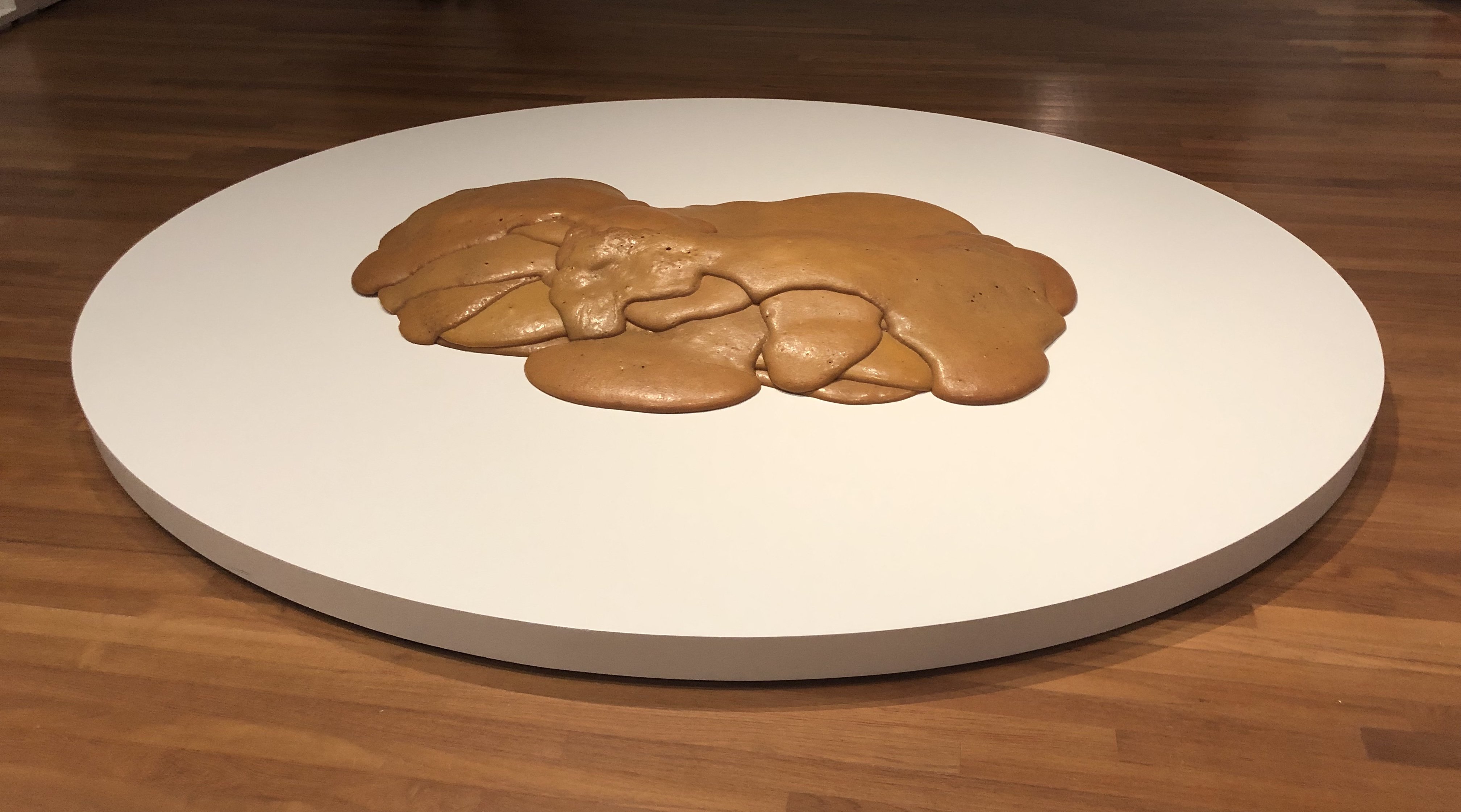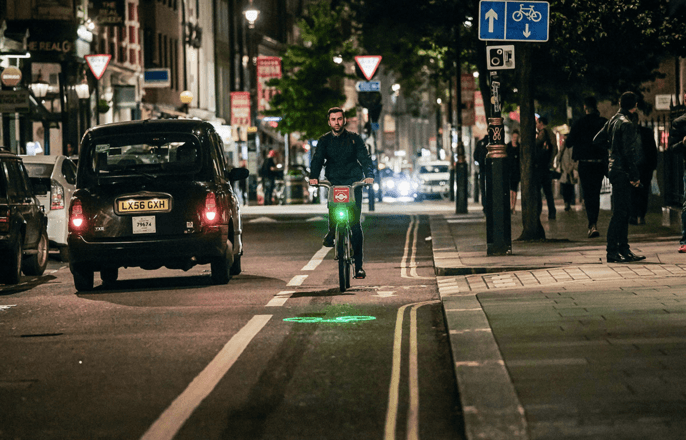I initially planned for this video to be purely a Day VS Night comparison video (day:: before sunrise) but I happened to chance upon this little black and white kitty that followed me around (you can hear it meow!!) and then this "made" me follow him around – resulting in this 'follow the cat' video.
Monthly Archives: February 2019
Week Four Assignment – National Gallery :: Minimalism

By paring artworks down to their most essential elements, Minimalist artists intended to strip away individual expression and artistic decision-making and create a direct, unmediated encounter between the viewer and the art object in a specific space and time.
Artist :: Lynda Benglis
From the exhibition, I think there were many works that were interesting – for example, I really liked “Cloud Canyons No. 24” by David Medalla, and also “Void” by Anish Kapoor. However, I felt that the meanings behind Lynda Benglis’ works are more relatable towards the essence of “Minimalism”. Maybe because her works lean towards abstract expressionism – focusing on the use of the medium, just like Abstract artist Jackson Pollock. For example, in some of her works, she eliminates the conventional use of any form of canvas and poured paint onto the floor, allowing the walls and corners to shape her work.
“I just wanted to go beyond, and create something that was visually more. I was interested in excess, buoyancy, weight, gesture of material. It was very different from abstract expressionism.”
She simply pours her mediums and allows them to take their own shape. Any conceptual interpretation of the work is left to the viewer as she believes that that viewer is half the work.
“I believe the viewer is half the work. Duchamp said it and I believe it.”
Although her works venture into feminism, I think that her main focus on material (especially something that was new during that time) and “unaltered results” help make her artworks broader and open to greater interpretation, because she was able to find a material that did not have a prior suggestion stuck to it, furthur defining the nature of minimalism.
References:
Lynda Benglis | National Museum of Women in the Arts
Week Three Assignment – Thoughtful Interaction Design
After reading Chapter 1 of “Thoughtful Interaction Design”, I think that it really speaks to all of us as aspiring interactive artists/designers, and for myself, I think it’s very relevant to my assignments that I’ve done as well. However, one of the questions from this chapter that would ground my reflection is;
What is Good Design?
Initially, I felt that how ‘good’ an interactive work is is up to each and every designer, because then only they are able to produce something that they would deem suitable. I felt that as long as my artwork serves its purpose and is able to present its idea clearly, it would be considered “good”.
However, this reading provided a different outlook – mostly on how context and society plays a very big and relevant part of how your design decision will be made. Since every society is different, every society ultimately requires different needs, and also have different views on the design itself. Some societies may be more open than others and that would cause alteration of designs.
While sometimes the decision seems to lie with the clients, since they are the ones that provide the “problem/issue”, designers will have to think of the details that answer this issue and the complexities behind the problem and the proposed design. And I guess this idea of a good design then links to the main idea of “thoughtful interaction design”. This is because, from the very first design sketch, it has to be something that is valuable to society ultimately. And maybe there are also many instances where designers are the creators of such ‘good design’ – for example; Kickstarter.
One example is the ‘Blaze Bike Light’ (now beryl) which provides safety for cyclists especially in the night, as it helps to project a green LED bike symbol on the road ahead, creating a bike lane even where there is none. This helps cyclists to alert other vehicle drivers and provides a safer journey for them.
I think this design is something not only simple but also universal – and does not require much for people to understand. The product itself is also light and portable which makes the design suitable for its purpose/function.
(And they have also launched a website https://beryl.cc/ that provides other products for other purposes (related to cycling)!!!)
On a side note, It is quite interesting to read the comments in the youtube video, because people are arguing about how it is a "British product that is illegal on Britain roads", and also there are people who are defending this statement with the written law. I guess this shows how designs are really limited by these variables.
Supernatural :: Quantum Theory Research









Analog Pitch (draft)







